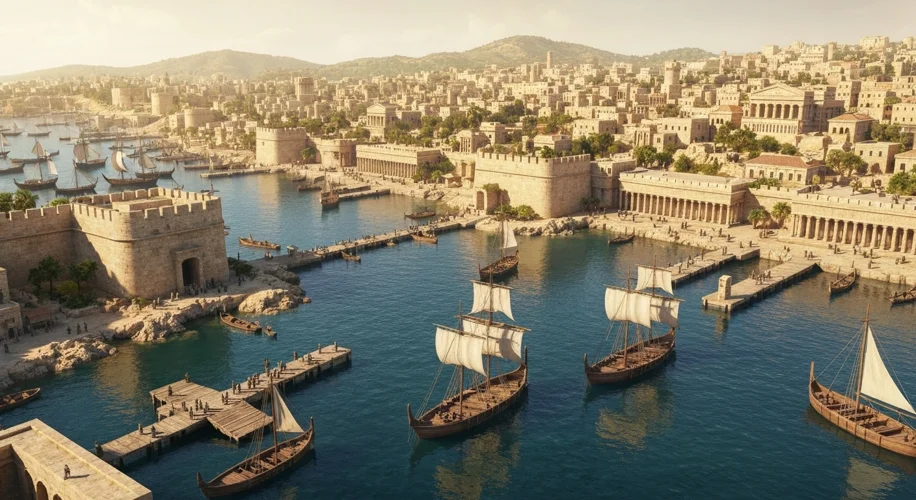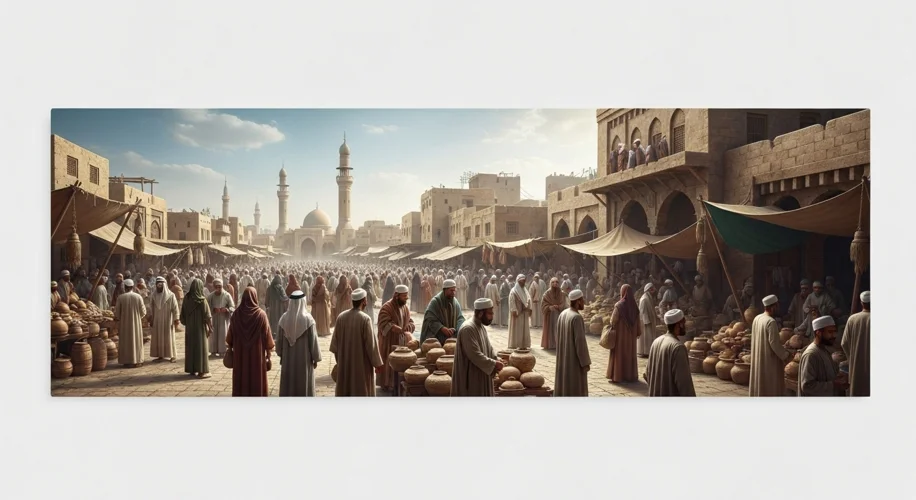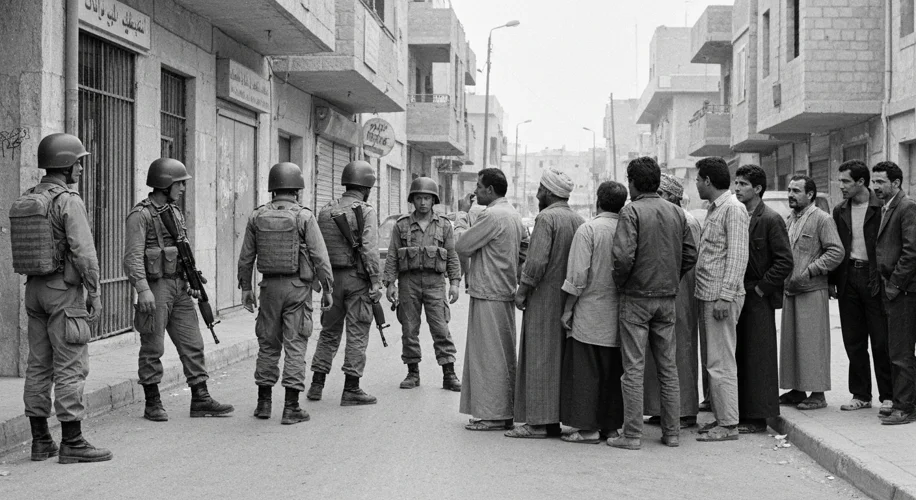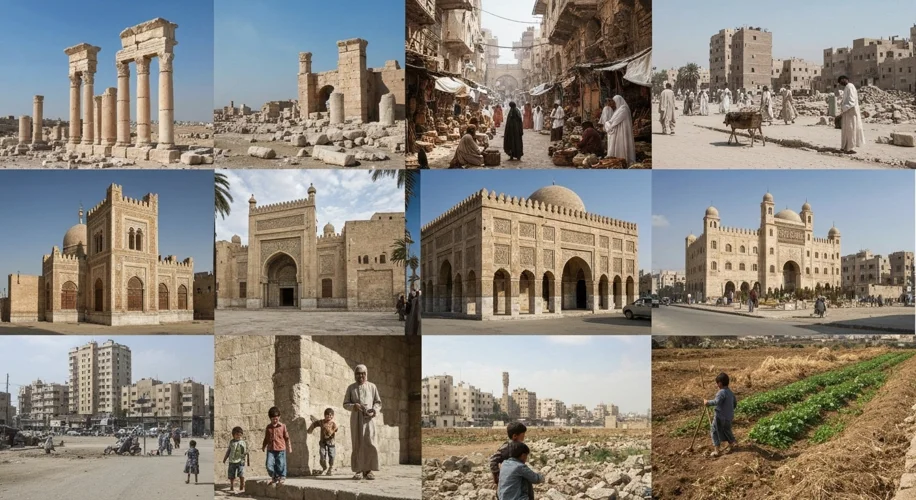The Gaza Strip. The name itself evokes a complex tapestry of conflict, resilience, and a history stretching back millennia. For those unfamiliar, Gaza isn’t merely a geographical location; it’s a narrative woven through the rise and fall of empires, the ebb and flow of cultures, and the enduring human spirit in the face of profound adversity.
Imagine standing on its shores, the Mediterranean Sea stretching before you, the same waters that have witnessed countless civilizations rise and fall. Gaza’s story is one of these ancient shores, a place where history is not just written in books but etched into the very sand and stone.
A Crossroads of Civilizations
Long before the modern political struggles, Gaza was a vibrant and strategic hub. Its roots trace back to the Bronze Age, around 1500 BCE, when it was a thriving Canaanite city. Its prime location, controlling the coastal route between Egypt and Mesopotamia, made it a prize coveted by superpowers. The Philistines, a seafaring people who arrived around the 12th century BCE, gave the city its name and made it one of their five principal cities, a testament to its importance in the ancient world.

The Assyrians, Babylonians, Persians, Greeks, and Romans all left their mark on Gaza. Under Alexander the Great, it was besieged and conquered in 332 BCE, a brutal event that forever changed its character. Later, it became part of the Roman province of Judea. During this period, Gaza was known for its intellectual and artistic life, a surprising contrast to the hardship it would later endure. The apostle Paul is said to have visited Gaza, a mark of its significance even in early Christian history.
Centuries of Shifting Sands
The Byzantine era saw Gaza flourish as a center of trade and learning, with magnificent churches being built. However, the Arab conquest in the 636 CE marked another seismic shift. Gaza became a part of the expanding Islamic empire, and its cultural and religious landscape transformed. For centuries, it remained an important city within various Islamic caliphates and sultanates, experiencing periods of prosperity and decline.

The arrival of the Crusaders in the 11th century brought another wave of conflict, with Gaza changing hands multiple times. It was later absorbed into the Mamluk Sultanate and then, in 1517, became part of the vast Ottoman Empire. For over 400 years, Gaza existed under Ottoman rule, largely as an administrative and agricultural center, its strategic importance somewhat diminished by changing trade routes and imperial dynamics.
The Modern Era: Seeds of Conflict
The 20th century brought seismic shifts that would irrevocably alter Gaza’s trajectory. The collapse of the Ottoman Empire after World War I led to the establishment of the British Mandate for Palestine. During this period, Gaza, like the rest of the region, became a focal point for rising Arab nationalism and Zionist aspirations. Its population grew as Palestinian Arabs moved into the area, seeking economic opportunities.
The pivotal moment arrived with the 1948 Arab-Israeli War. The war resulted in the displacement of hundreds of thousands of Palestinians, many of whom found refuge in the Gaza Strip. The United Nations declared Gaza an Egyptian-administered territory, but it was a land under occupation, with a population swelling with refugees yearning for their lost homes. This influx of displaced people fundamentally reshaped Gaza’s social and demographic landscape, creating a generation defined by statelessness and a deep-seated desire for return.
Occupation and the Struggle for Self-Determination
In the 1967 Six-Day War, Israel occupied the Gaza Strip, along with the West Bank and East Jerusalem. For decades, Gaza existed under Israeli military rule. This period was marked by Israeli settlement building, restrictions on movement and economic activity, and the simmering resentment of a population under occupation.

The First Intifada, a Palestinian uprising against Israeli occupation that began in 1987, saw Gaza become a major center of resistance. The establishment of Hamas in 1987, with its armed wing, added a new, potent dimension to the conflict. The Oslo Accords in the mid-1990s offered a glimmer of hope, with the establishment of the Palestinian Authority and limited Palestinian self-governance in Gaza. However, the promised statehood remained elusive, and the cycle of violence continued.
The Hamas Takeover and the Blockade
In 2007, following a power struggle with Fatah, Hamas forcibly took control of the Gaza Strip. This event triggered a severe Israeli and Egyptian blockade, severely restricting the movement of people and goods in and out of Gaza. The blockade has had devastating consequences, crippling Gaza’s economy, limiting access to essential resources like water and electricity, and creating what many international organizations have described as a humanitarian crisis.
Despite the immense challenges, the people of Gaza have demonstrated remarkable resilience. They have strived to maintain their cultural identity, rebuild their lives, and pursue education and livelihoods amidst overwhelming obstacles. Yet, the persistent cycle of conflict, the devastating impact of the blockade, and the lack of a clear political horizon continue to cast a long shadow over the Strip’s future.
A Legacy of Resilience
The history of Gaza is a stark reminder of how ancient lands can become entangled in modern geopolitical struggles. From its origins as a vital ancient port to its current status as a densely populated territory facing immense challenges, Gaza’s story is one of continuous adaptation and survival. It is a narrative of a people caught in the crosscurrents of history, yet whose spirit, remarkably, endures.

